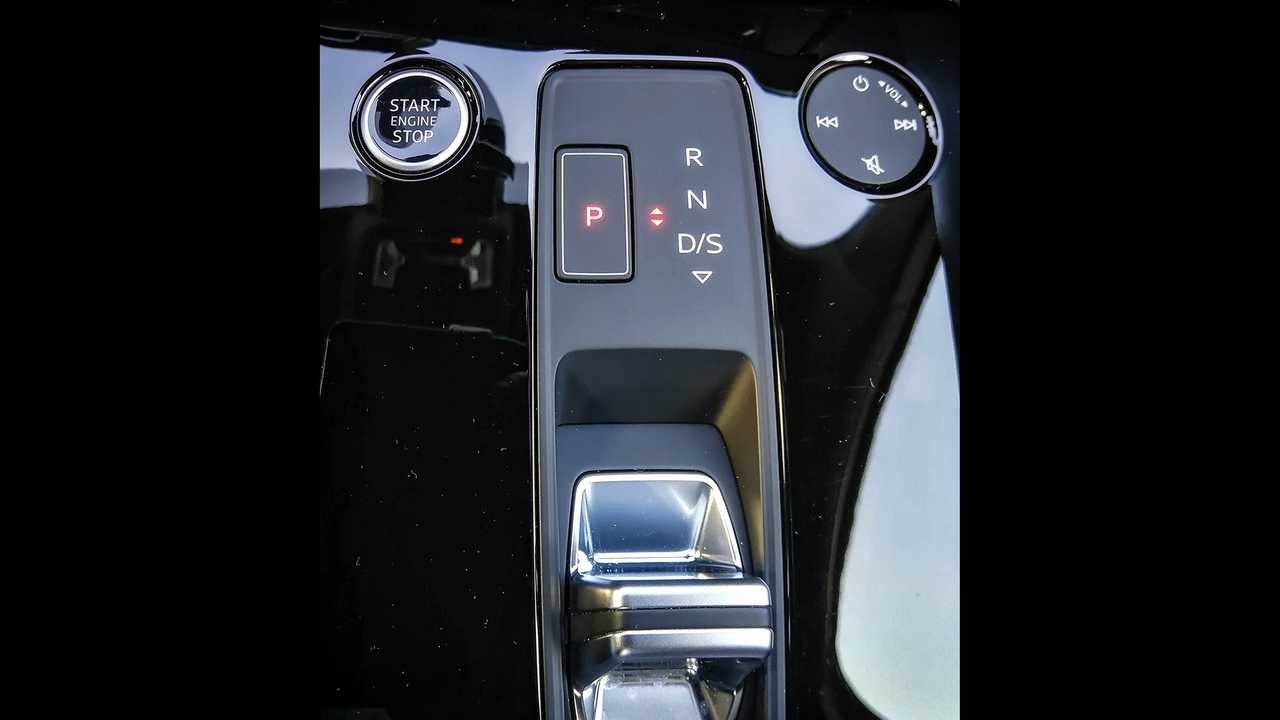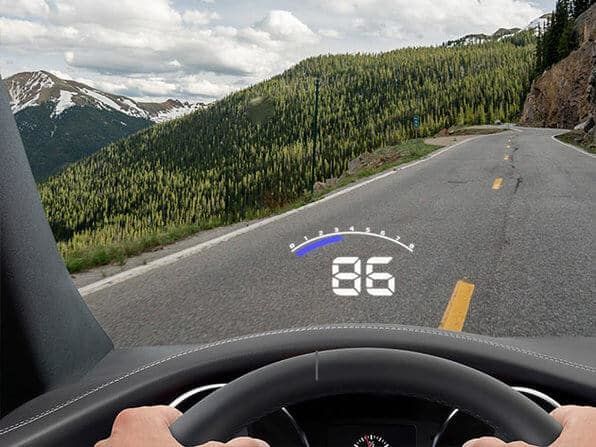
Grill cleaner robots are a good option for keeping your barbecue grill clean. The Grillbot is a battery-powered appliance that cleans the grill without any effort. It can withstand temperatures up 200 degrees Fahrenheit, and it is dishwasher safe. Here are some of the benefits that this robot grill cleaner has. Let's begin. It can be used with all types of grills and is dishwasher-safe.
Grillbot is world's first automatic grill cleaner robot
Grillbot is the world's best automatic grill cleaner robot. The robot's motorized bristles reach up to 98 per cent of the grill's surface. Its new IC chip controls the cleaning action and its on-board LCD screen is easy to read in direct sunlight. The base of the grill cleaner is protected by rubber bumpers and a indicator for its battery level.

It's battery-powered
Grillbot is a robot cleaner that uses a single battery. The grillbot has a triangular handle above the chassis. The robot's power source is located underneath a rubber covering. An LCD panel on the unit displays information such as its current battery status and how long it has been cleaned. The robot is protected from damage by three rubber bumpers around its base. After ten minutes, press the Start button. If you wish to use it more than once, press the Start button a second time.
It is dishwasher safe
If you want to get the most out of your grill, you should consider buying a Grill cleaner robot. This robotic device uses three brass bristles to clean your grill. It can be used on hot or cold grills. As a bonus, the Grillbot is dishwasher safe, and you don't have to spend a lot of money on additional brushes. The robot can be placed on the grill.
It can withstand temperatures of up to 200 degrees Fahrenheit
Grillbot is small, lightweight robot cleaner that cleans the grates on your grill. It weighs only 3.5 lbs and features an LCD screen for easy use. If the grill becomes too hot, then the robot's sensors will cut off its motors. The robot's built-in battery gauge will indicate when its battery has reached 100%. As it cleans your grill, the Grillbot emits audible beeps.

It is missing fall sensors
Safety with a robotic appliance is a concern. Grillbot's fall sensors are not included, so the robot may accidentally tip over and harm you. The temperature sensor is used to detect excessive heat and the robot will turn off its motors. It has a battery life of up to 3 hours. When the battery is at 100 percent, it will shut down automatically. It will also let you know when the robot is ready for service. It does have some flaws. It would be protected from falling over by fall sensors, so it's important to close it carefully and be extra cautious with it.
FAQ
What are the basics of car mechanics?
Auto mechanics don't require any knowledge. All you need to know is how to fix things. That's why most people start doing jobs like fitting brake pads or changing tires before progressing to more complex repairs.
You need to be able read and comprehend diagrams, follow written instructions and adhere to basic principles of good practice. It is also important to know how to determine if parts are damaged or need to be replaced.
It is important that you have proper training and guidance before you attempt to repair vehicles. This is especially true when you are dealing with costly components like engines and transmissions.
Although you won't be required to know much about cars you should have a solid understanding of the fundamentals and principles of mechanical engineering. This means understanding the principles behind how engines work and how brakes function.
It is also important to remember that you will need to be able to handle many situations. For instance, you might find yourself in charge of a vehicle that has been in a serious accident. Experience with accidents and breakdowns is also a must.
Finally, you must be willing to learn new skills quickly. It is important to be able both to diagnose problems and perform simple maintenance tasks, such as tightening nuts.
How long does it take to become a good mechanic?
You need to have years of experience and practice before you can become a master mechanic. Working under the guidance of a professional mechanic is the best way to learn how repair cars.
You will have to spend time in a garage learning about cars and mechanics. You'll need to study mechanical engineering books on mechanics and car design.
Auto school is also required.
The most important thing is to start early. Do not wait to learn automotive technology. You can get certified as a mechanic by getting started right away!
Is it hard being a mechanic apprentice
It's not easy, but you learn fast, and there are many opportunities for advancement.
You must be patient and persistent. You must also know how to fix cars, trucks, and motorcycles.
Customers and family members can put a lot pressure on you. They want you to succeed. But, you shouldn’t be pressured to make any decisions you aren’t happy with.
This could be an excellent career choice for someone who enjoys fixing cars. This is a job that allows you to earn a decent income and grow your business.
But you may prefer another path. Consider becoming a technician.
This could involve using your technical knowledge to support other employees. You might be able to assist technicians in troubleshooting problems or teach them new techniques.
Another option is becoming a service advisor. This is where you can offer advice and assistance to customers who bring their vehicles to a garage.
The decision you make will depend on what you are looking for. There are many options to choose from, and it is up to you which one suits you the best.
What length is an automotive course?
An automotive course is three years long.
The first year is spent learning about cars and theory. Practical training is the second year. You will learn to drive, fix engines and perform other tasks around the car. The last year of your training is spent on practical training, where you learn how to fix real-world problems.
How can I prepare myself for a mechanic apprenticeship
It is important to have an understanding of what you are going into. You must understand the workings of cars. This will help you to plan your first day in the garage.
You also need to know how to fix simple problems such as broken lights, tires, etc.
You will be able to diagnose and repair problems yourself.
It is also important to know how the different pieces fit together in order to put them together again.
Finally, it is important to know how tools can be used safely and efficiently.
These are all things that will make you a competent mechanic.
Statistics
- According to the BLS, the median annual salary for automotive service technicians and mechanics in the United States was $44,050 in May 2020. (uti.edu)
- The U.S. Bureau of Labor Statistics (BLS) reports that the job outlook for automotive service technicians and mechanics is expected to decline by 4% from 2019 to 2029. (indeed.com)
- There were 749,900 jobs available for automotive service technicians and mechanics in 2016, which is expected to grow by six percent through 2026. (jobhero.com)
External Links
How To
How to diagnose your vehicle properly for repair
You should first examine the symptoms your car is showing to determine if it requires repairs. Next, you can follow these steps in order to diagnose your car.
-
Check engine lights. Check the dashboard light indicators such as the engine light indicator, the oil pressure gauge, the battery light indicator, the coolant temperature gauge, and the RPM gauge. If they have been flashing for more days than usual, it could be a sign that something is wrong with the vehicle.
-
Inspect the tire treads. Tires that are worn can cause issues with handling and braking. You should also inspect the wheel treads. They should be smooth and clean. It is best to take off the wheels and remove them. Use a flashlight to see how well the treads are worn.
-
Check the level of brake fluid. Keep track of the brake fluid level in your vehicle. This will ensure that your brakes run smoothly. Low brake fluid levels could cause your brakes to fail when you apply pressure.
-
The suspension system should be tested. A suspension system is designed to absorb vibrations and shocks. It allows for better control, smooth acceleration, and deceleration. If your vehicle has a suspension problem, it might feel wobbly or shake uncontrollably. Try putting some weight on your front or rear axle to determine if you have a suspension problem.
-
Examine the steering column. The steering columns are what connect the steering knob to the rest. Accidents often damage steering columns. It is recommended to replace any steering column that feels loose, or shakey.
-
Pay attention to the exhaust pipe. The exhaust pipes are responsible for moving gases from the combustion chamber into the atmosphere. Exhaust pipes that are cracked or leaking can allow harmful fumes to enter your cabin. If your tailpipe bends, it is important to fix it immediately.
-
Take a look under your hood. If you see anything unusual, take a look under the hood. You could have fluids leaking from the engine. Also, professional technicians should be called if you detect an unusual smell coming out of your engine compartment.
-
The air filter should be checked. Your vehicle's air filter collects dust and debris from the outside environment. A dirty filter can lead to a poor vehicle's performance. Replace your air filter regularly.
-
The fan belt should be checked. Your vehicle's fanbel is what connects the engine and the transmission. If the fan belt fails, the engine won't start. Replacing the belt is simple. All you need is a screwdriver and some pliers.
-
You should inspect the radiator and hoses. The radiator hose transports water from radiator to engine. It can cause hot liquid to leak onto the engine if it is damaged or cracked. To repair the hose, you will only need to use a pair needle-nosepliers and a wire brush.
-
You should inspect the windshield wipers. Windshield wipers use electricity to clean away snow and rain. If they stop working they could leave streaks behind on your window glass. Simply change the washer oil to fix the problem.
-
Check the battery cables. Your car's electrical system is powered by batteries. Make sure you disconnect the negative cable before replacing batteries. Failure to do so can damage your alternator.
-
Be sure to check your headlights. The headlights provide illumination for the road ahead. They can make it difficult to see if they stop working. To determine if your bulbs are out of date, check them.
-
Be sure to check the lights. When you approach them at night, the lights warn other drivers. If one doesn't work, it could distract you and lead to an accident.
-
Check your brakes. Before you collide with another vehicle, brakes will slow down the car. You may lose control of your vehicle and crash if the brakes don't function properly.
-
Change your oil. The oil keeps your engine well lubricated. It protects metal parts and prevents them from wearing too quickly. It is recommended to change the oil each month.